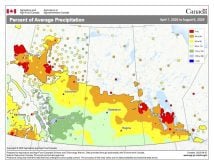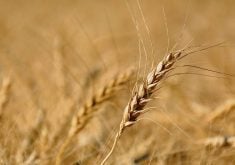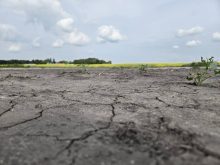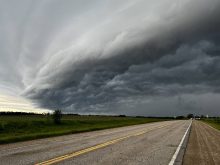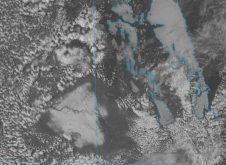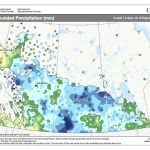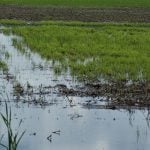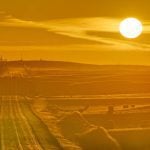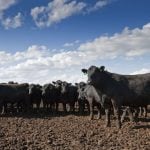Thanks to continued budget cuts by our government, reliable weather data is getting harder and harder to get. At the beginning of each month I like to look back and see what the weather has been like across our part of the world, but to do this reliably I need to look at weather records from weather stations that have long-term records. Don’t get me wrong, I love all the home-based weather stations that are now reporting data and making that data available on the web. What I don’t like is the government deciding that this will be the new cheap way of obtaining weather data.
Read Also
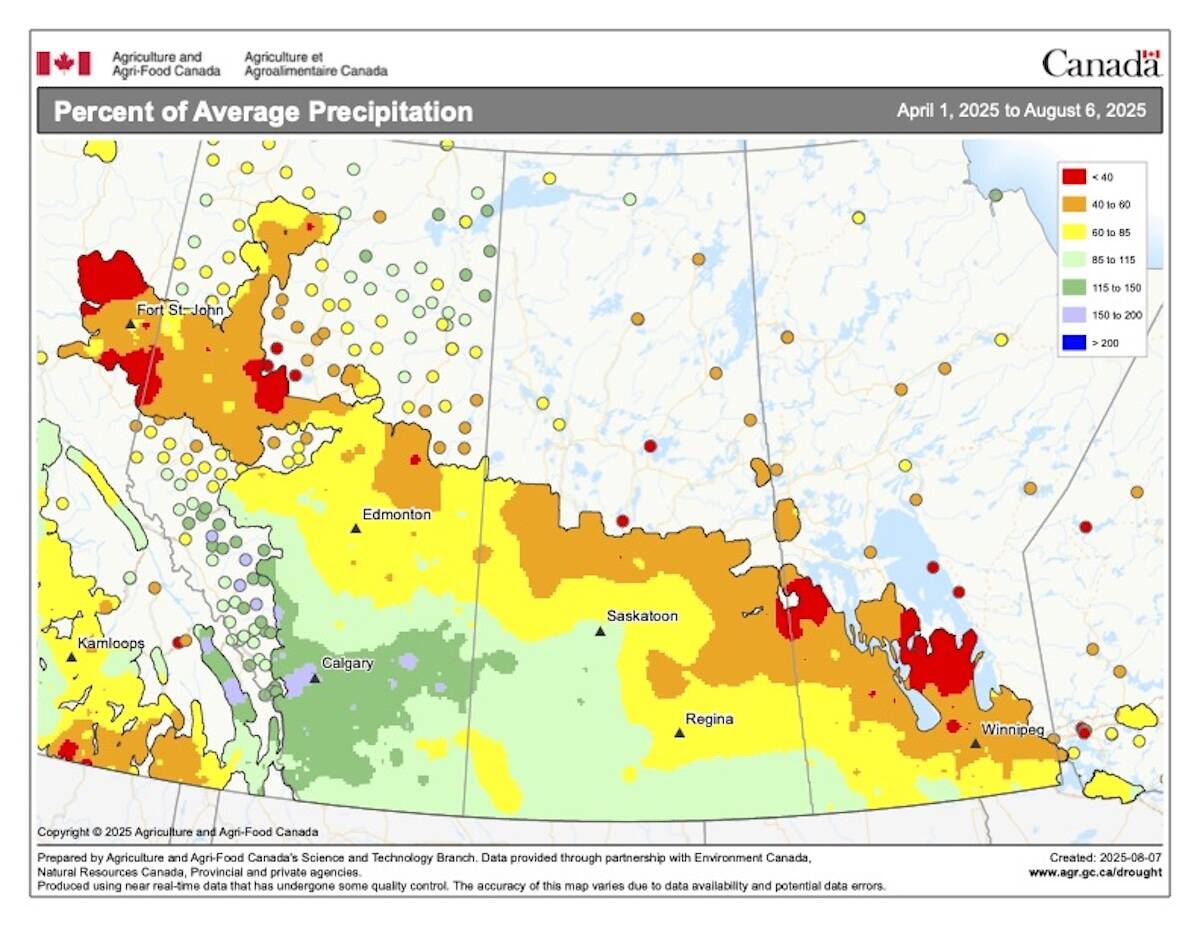
Heatwaves and upper highs
Weather expert Daniel Bezte looks at heat waves and the climate factors that lead to extended periods of high heat in the Prairies.
If you are wondering what I am rambling about, take a look at Environment Canada’s weather website (http://weather.gc.ca). Apparently they had money to update the look and workings of their main website, but if you click on the link for the past weather you will see that it is still the same old website. I have no problems with that, the website works just fine, but take a look at what has been happening with Edmonton’s weather history for May and you would see that there has been no data available since April 11. This is not just a “one off” issue, data has either been missing or inaccurate for different sites for a couple of years now. In a time when more and more weather data is available on the Internet and the data quality is increasing, it is interesting that our official data from Environment Canada is going in the opposite direction.
OK, I’m done with my yearly rant. You just need to keep this in mind when I try to do my monthly roundup of weather across Alberta. I know I can use some of the agricultural and home-based stations, but sometimes these stations can have unusual or unreliable data as well, and without knowing how the stations are set up you don’t really know what kind of microclimate there might be around the stations without seeing long-term data.
That said, it’s time to do a review of May’s weather and then look ahead to see what the different forecasters have to say about what June and July might have in store for us this year.
Working with the weather data that I do have, May 2013 was overall warmer than average across most of Alberta. Looking at Calgary and a couple of other stations, I found that overall, most locations were between 1 C and 3 C above average for May.
Precipitation during May was a two-sided issue. Those who lived in western and central regions saw near- to above-average amounts ofrain, while those in the Peace River and eastern regions saw near- to below-average amounts.
So how does June and July look? According to the Old Farmers Almanac, they are predicting cold and wet conditions. The Canadian Farmers Almanac is calling for average to above-average temperatures during June and July as they mention hot weather several times. Precipitation also looks to be near to above average, with several mentions of stormy weather and thunderstorms.
Environment Canada is a little more particular. It is calling for temperatures to start off below average in southeastern Alberta and near average elsewhere in June, and then transition to near average in all regions by July, with a good chance of northern regions seeing above-average temperatures. Precipitation looks to be around average for both months, with southeastern regions seeing the best chance of above-average amounts.
Finally, my forecast is calling for near-average temperatures in southern regions along with above-average amounts of rain. Central and northern regions will see near- to above-average temperatures along with near- to below-average amounts of rain. Just remember, if I was always right with my forecast I would be rich!
In the next issue we’ll go back and continue our look at severe summer weather, something that has been making the news a fair bit lately, especially in Oklahoma!



